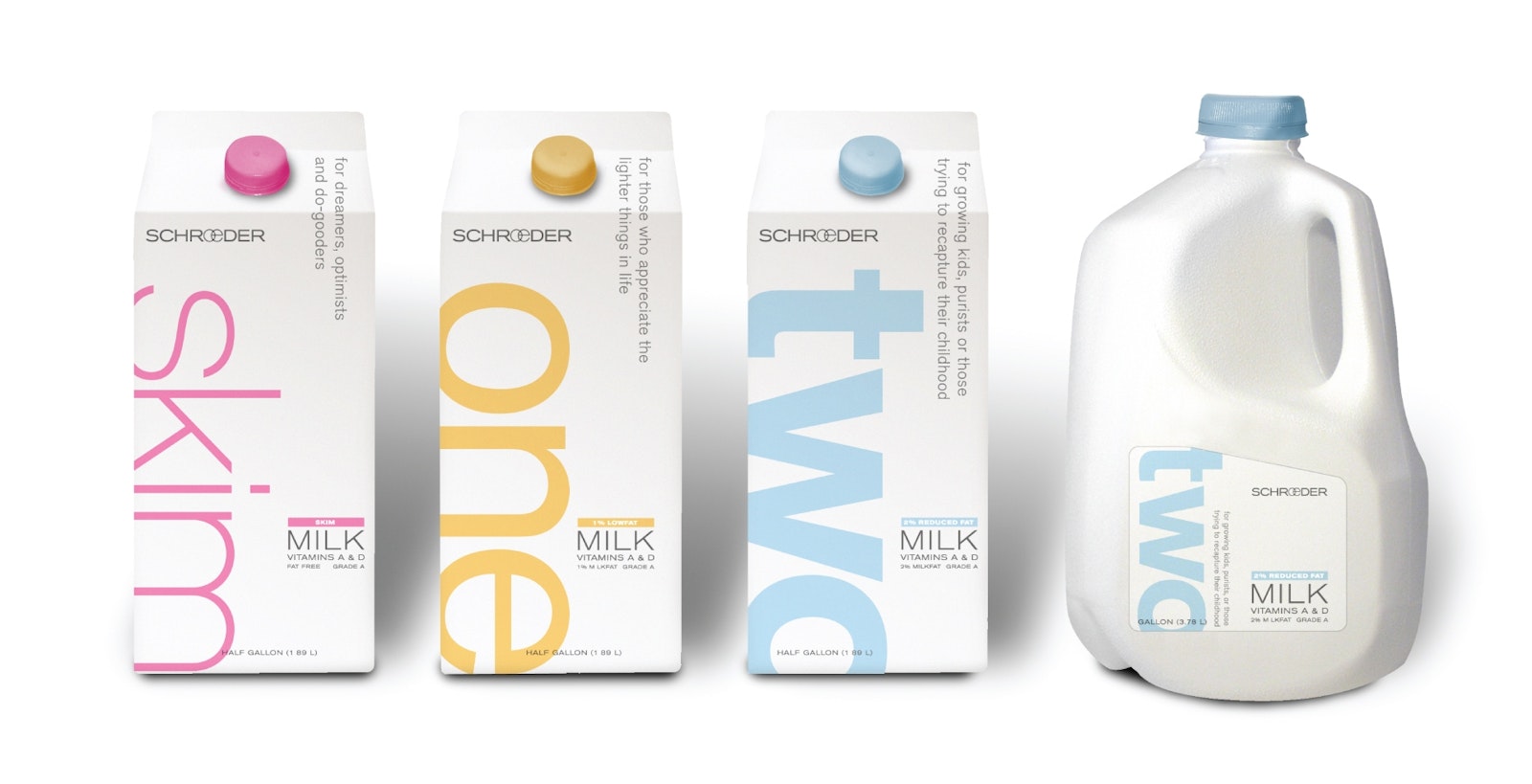The Importance of Being Fresh

Five years ago Capsule was invited to participate in a General Mills project to study the concept of “fresh.” The group inside was a super-secret innovation team that resembled a SEAL squad. They had the ability to drop into any situation, study it deeply, produce profound insights and then facilitate ideation sessions with brand teams.
If you’re an innovation, research or consumer behavior geek, this would have had you salivating to a degree requiring a napkin. I carried one around the entire time. We won’t get into any more detail on the findings, methods or outcomes for General Mills because I’m not willing to give up my first born.
But, there are insights that are easily gathered through observation of the real world around us. The "fresh" movement is a large boulder careening toward any large manufactured food brand. They are, by definition, not fresh. Shopper behavior is trending away from these brands in favor of the outer edge of stores where fresh options are more prevalent.
Why does this matter to you?
If you’re in food, it is a large, fast-moving beep on your radar and you’re wondering how to avoid a direct hit, again. This isn’t news to you; the beep has been there for awhile. But you’re wondering, what do I do about it? Can you make something that isn’t fresh feel more fresh? Well, here’s the interesting thing about fresh.
It’s a concept and an imprecise measurement of time. As brands move through space and time, they age, some more rapidly than others. Some face changing environments and are therefore required to change at a greater pace in order to appear fresh. For instance, it was once a common view that seven years was the timetable between rebrands. In internet years, that’s 35 years (internet years are at 5x normal business pace). You would have a tough time telling anyone your MS-DOS invention (1981) is fresh.
As we consider a brand moving through time and its relationship to an industry and human beings, an interesting question is proposed. Should food brands change more often than technology brands? Typically they don't for very good reasons: if you change a brand too much people can’t find it on the shelf and they move on to the competing brand. Yikes.
So, brands that fit into a human pattern recognition within a buying behavior can’t make dramatic changes? Perhaps. This relates directly back to memory and the impressions left by the brand. Signals like color, package shapes, typography and illustrations can’t be the only threads of memory left for the shopper to identify the brand. We expect brands to remain fresh, current and relevant to our life. How do we reconcile these opposing forces?
Let’s explore it through some old and new stories of work we’ve done to solve this challenging problem. Imagine buying this milk for the first time and seeing this package.

The “Since 1884” doesn’t give you much confidence that the brand or the milk is fresh. The new packaging was certainly designed to look and feel fresh. Our testing of the package before launch found people saw the milk as more clean, health and the brand as more progressive. Yet, we kept the fat designation colors (blue, pink, green, orange, red) consistent with category norms which provided a consistency signal to shoppers. Our design was able to bring a fresh approach without losing the shopper to competitors. The brand gained distribution (12% up) and revenue growth (15% up) in a recessionary economy.

We recently designed fresh into a new brand from the beginning. When Capsule was asked to design a brand for Spartan Nash to identify their line of fresh offerings, this was the result.
 Through testing name options with their shoppers, we identified a protectable brand name for Spartan Nash that conveyed fresh, local and small farms. Then, we designed a brand language with memory signals embedded in shape, form and illustration, as well as allow the brand to refresh the colors in the future. This design for adaptation approach allows a brand to remain fresh, relevant and timely while still conveying a consistent message to Spartan Nash customers.
Through testing name options with their shoppers, we identified a protectable brand name for Spartan Nash that conveyed fresh, local and small farms. Then, we designed a brand language with memory signals embedded in shape, form and illustration, as well as allow the brand to refresh the colors in the future. This design for adaptation approach allows a brand to remain fresh, relevant and timely while still conveying a consistent message to Spartan Nash customers.
The key to implementing successful design thinking lies in understanding the existing behaviors and belief systems of your audience, and then being able to craft a future state. Both of these case studies represent the type of thinking we bring to clients in order to achieve the financial and brand results we do. While some only see the art in design, we see the art and science in a design methodology.
Thank you and we look forward to your refreshed story soon.


